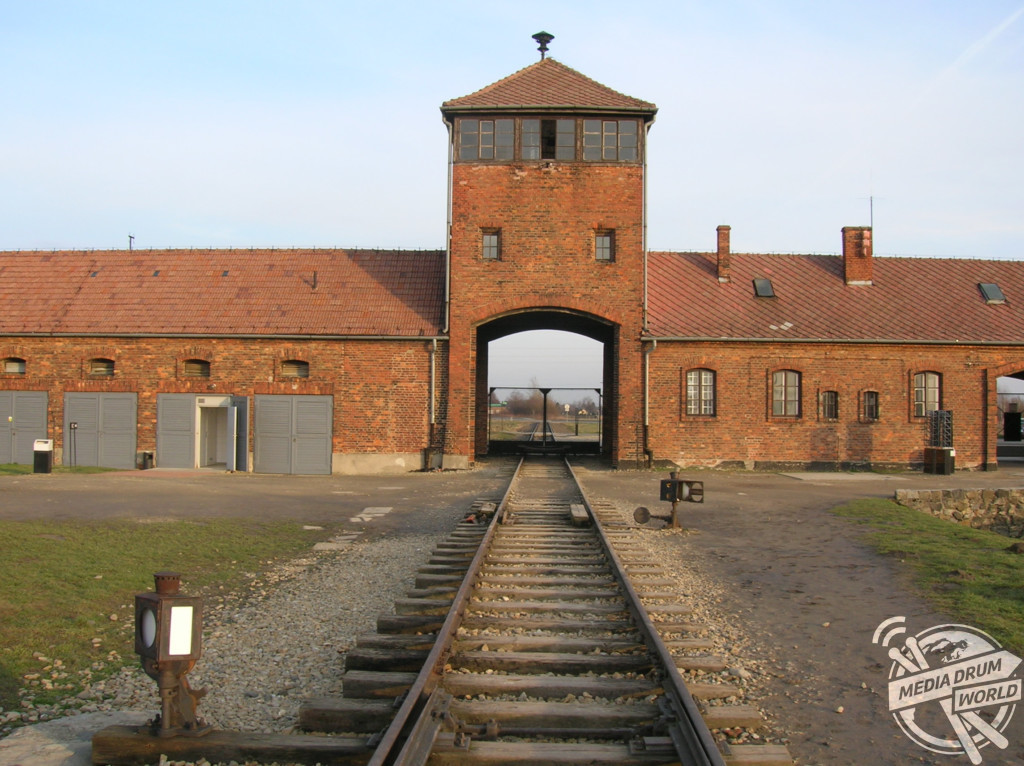Auschwitz and Birkenau
By Rebecca Drew
CHILLING rare archive images contrasting the inside of the Auschwitz-Birkenau concentration camp with today have been revealed in a new book.
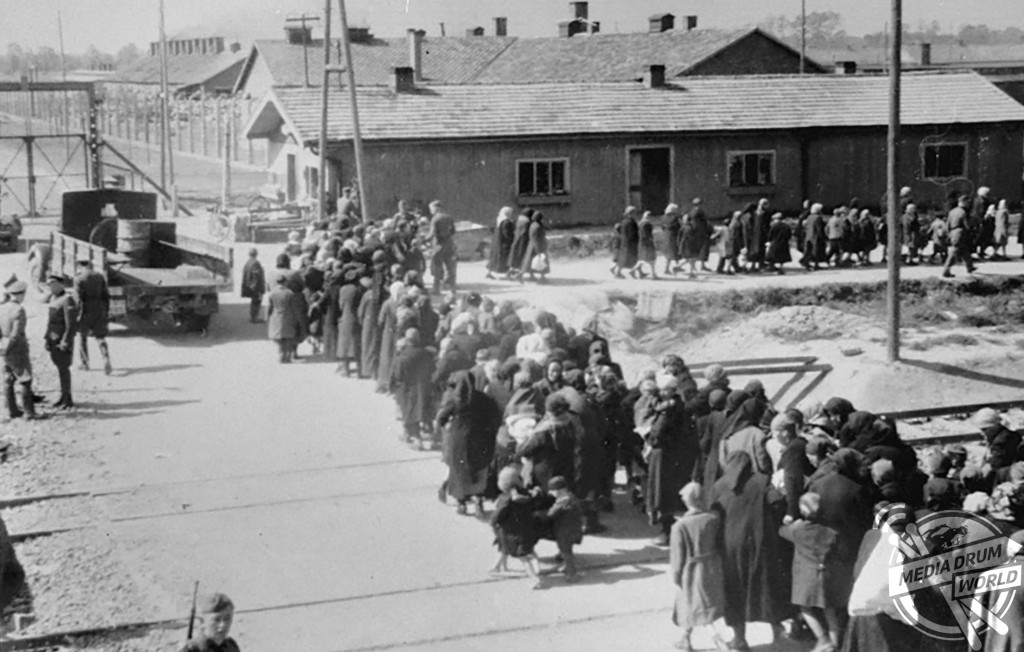
Ian Baxter / mediadrumworld.com
The series of black and white images show Jewish women and children walking towards gas chambers and their deaths, men selected to carry out forced labour at another area of the camp and men building Birkenau’s brick entrance.
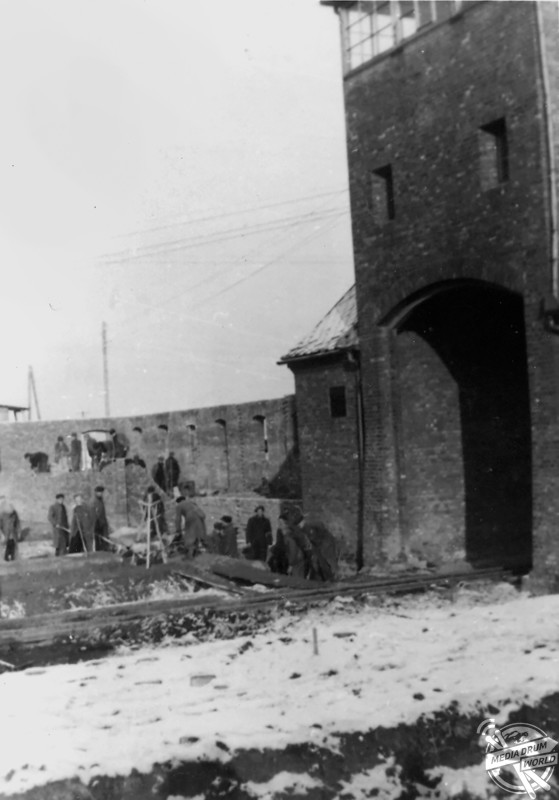
Ian Baxter / mediadrumworld.com
Other images show the house of lieutenant colonel Rudolph Hoss’ overlooking the SS sick bay with trees planted in front to hide the house from the rest of the camp.

Ian Baxter / mediadrumworld.com
One photo even shows a Sunday concert conducted by Franciszek Nierychlo and attended by prisoners and SS men together.
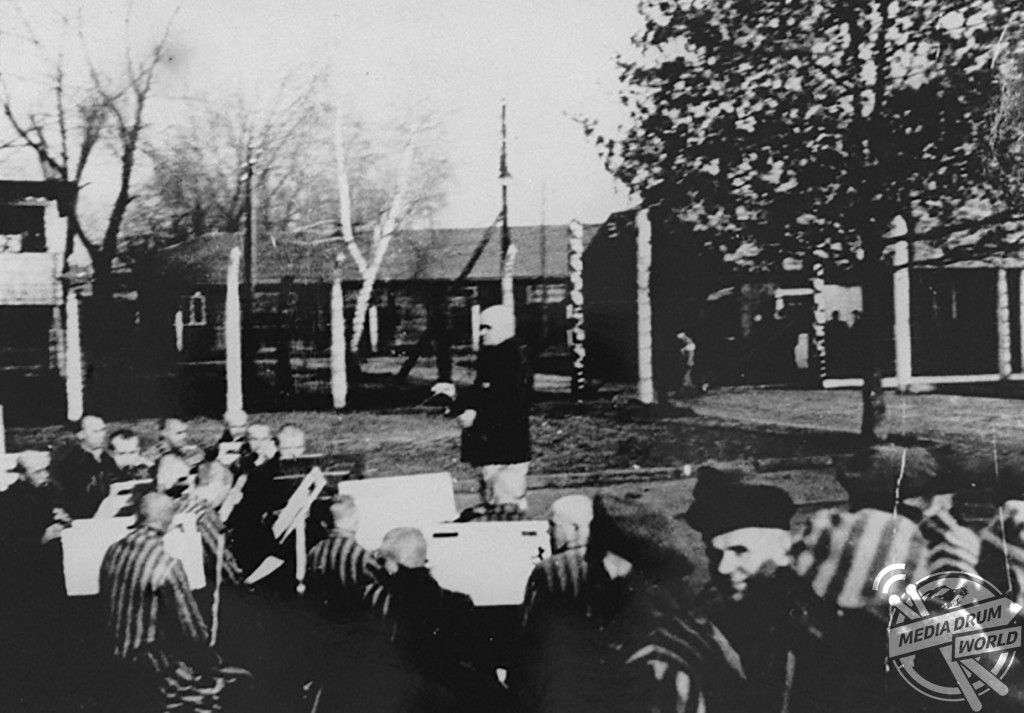
Ian Baxter / mediadrumworld.com
The pictures have been revealed in the book, Images of War: Auschwitz and Birkenau, Rare Photographs From Wartime Archives by military historian Ian Baxter and published by Pen & Sword.
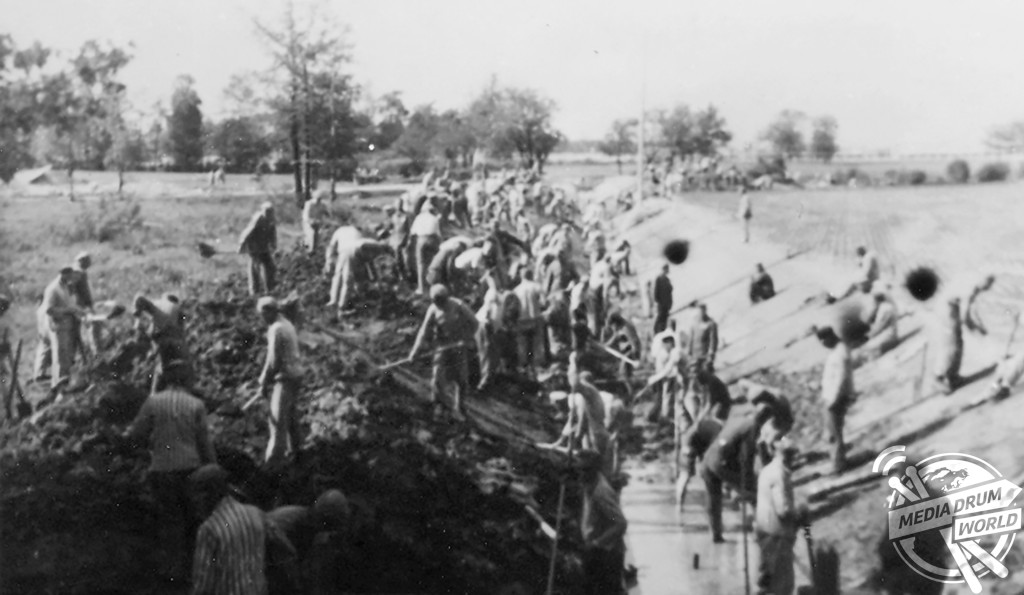
Ian Baxter / mediadrumworld.com
“The book shows in great detail the sheer size and scope of Auschwitz and the nearby Birkenau complex,” said Ian in the book’s introduction.
“It reveals how the buildings were constructed and then tells of the private firms that were employed by the SS to build them.
“The book shows the step-by-step transformation of the buildings including the crematoria and how these buildings aided the largest killing factory of all time.”
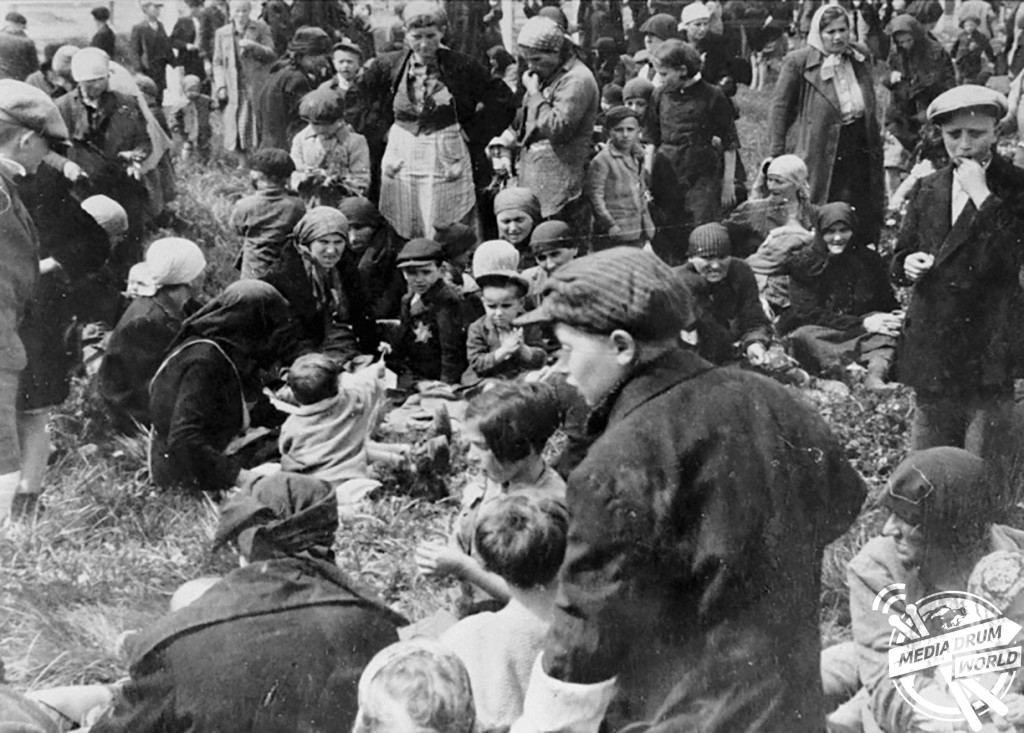
Ian Baxter / mediadrumworld.com
Auschwitz was the largest Nazi concentration camp and opened in 1940 as a detention centre for political prisoners and evolved into a death camp for Jewish people.
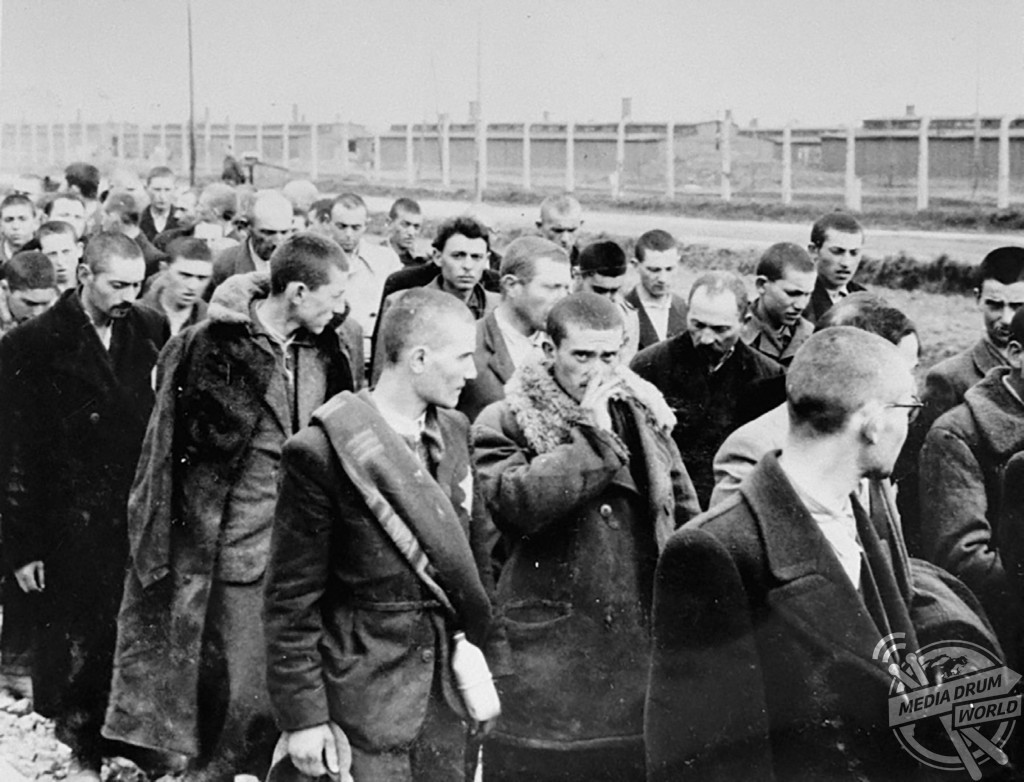
Ian Baxter / mediadrumworld.com
In Auschwitz, more than one million people lost their lives.
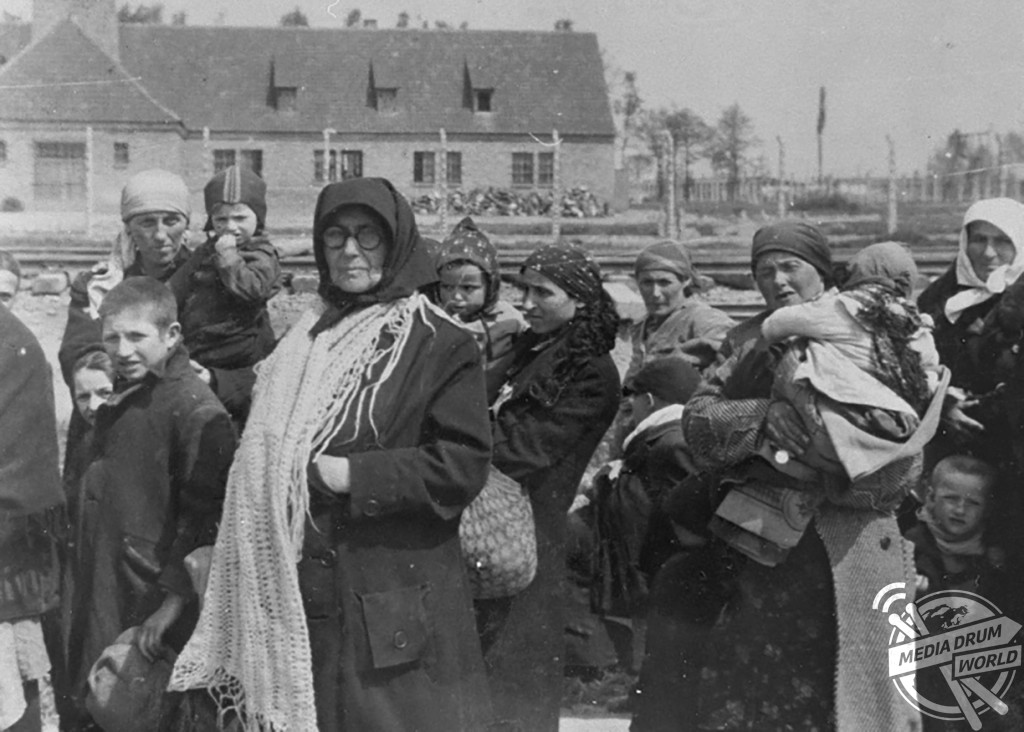
Ian Baxter / mediadrumworld.com
“Many of these buildings are still standing today,” adds Ian.
“It shows just how many civilian companies were involved professionally cooperation in genocide, and reveals just how eager they were to produce the goods for the SS for financial reward.
“The reader will quickly learn how pivotal the Auschwitz-Birkenau complex was, and how it became the Nazi centrepiece for forced labour and genocide.”
Published by Pen & Sword, Images of War: Auschwitz and Birkenau, Rare Photographs From Wartime Archives by Ian Baxter is available to buy on Amazon for RRP £14.99.

